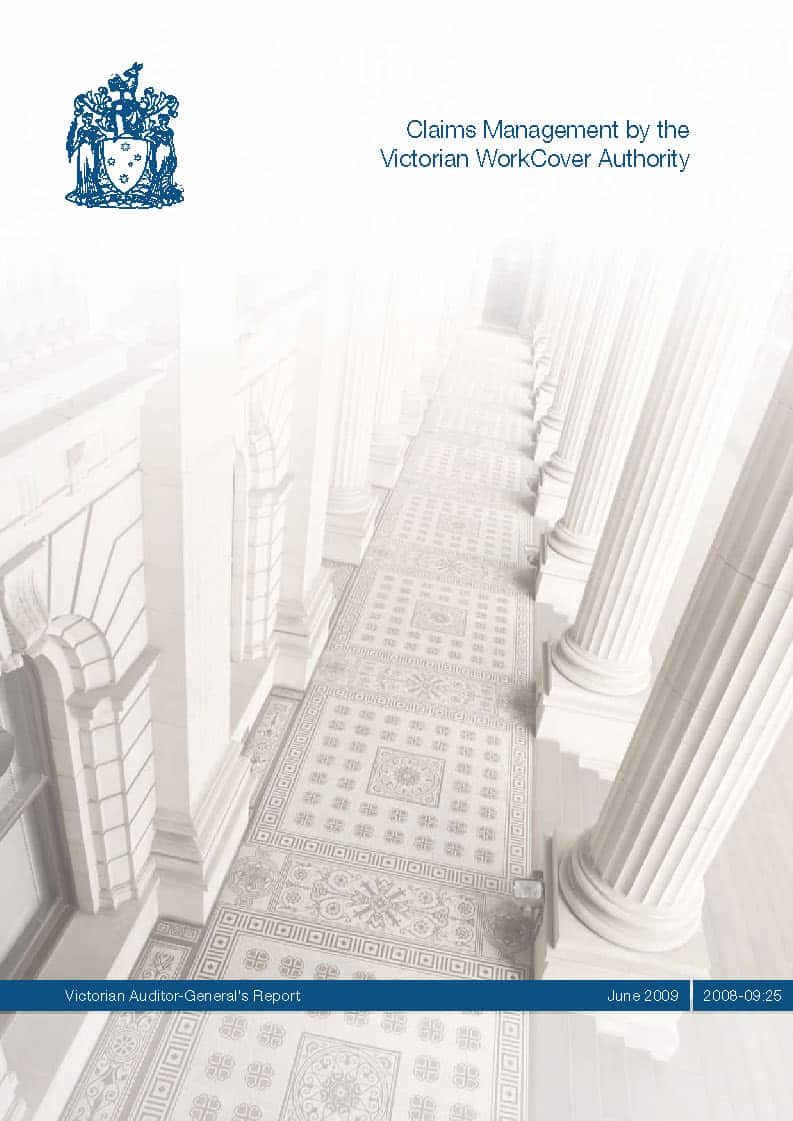A South Australian colleague has pointed out some interesting elements in WorkCover SA’s review of employer incentives discussed earlier.
The following text are some of the aims of South Australia’s Workers Compensation and Rehabilitation Act.
(1) The objects of this Act are—
(a) to establish a workers rehabilitation and compensation scheme—
(i) that achieves a reasonable balance between the interests of employers and the interests of workers
(iv) that reduces the overall social and economic cost to the community of employment-related disabilities
(2) A person exercising judicial, quasi-judicial or administrative powers must interpret this Act in the light of its objects without bias towards the interests of employers on the one hand, or workers on the other.
My colleague points out that a review of employer incentives is well and good but what are the incentives for employees, given the objects of the Act concerning balance and bias?
She also criticises
“…the current incentive for employers of paying the first two weeks of the injured workers income payments if the employer supplies the claim agent with the employer section of the injury/incident report goes against the intent as outlined in Objects of the Act, as there is not any corresponding incentive offered to the injured worker.”
Whether the injury report is valid or useful is irrelevant to the incentive as it is the lodgment of the form that generates the incentive rather than any rehabilitation action for the injured worker.
There is no doubt that the workers compensation scheme needed a review. The recent Return-To-Work (RTW) conference in Adelaide had an atmosphere of hope after the introduction of the RTW coordinator requirements for businesses.
South Australia is different from most other Australian States where a single company handles workers compensation insurance, Employers Mutual. Not only is there a huge lack of competition in South Australia but the government and the insurer are close.
There is also a political element with Paul Caica being given the portfolio in order to fix it. In June 2009, the Minister announced a range of projects from a fair pool of funds but many of them are focused on the workers rather than providing structural change to the system. It is hard not to speculate how workers may benefit if the insurance industry in the State had competition.
The need for reform was clear as the South Australian workers’ compensation scheme was bleeding money but it must have been politically attractive to try to postpone an analysis of the system until the Federal Government started its national review of workers’ compensation system in a few years’ time. It may have been that such a strategy was planned until the global financial crisis changed the public’s tolerance for government debt forcing the SA government had to act.





 Recently I wrote an article for
Recently I wrote an article for 